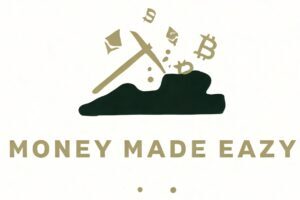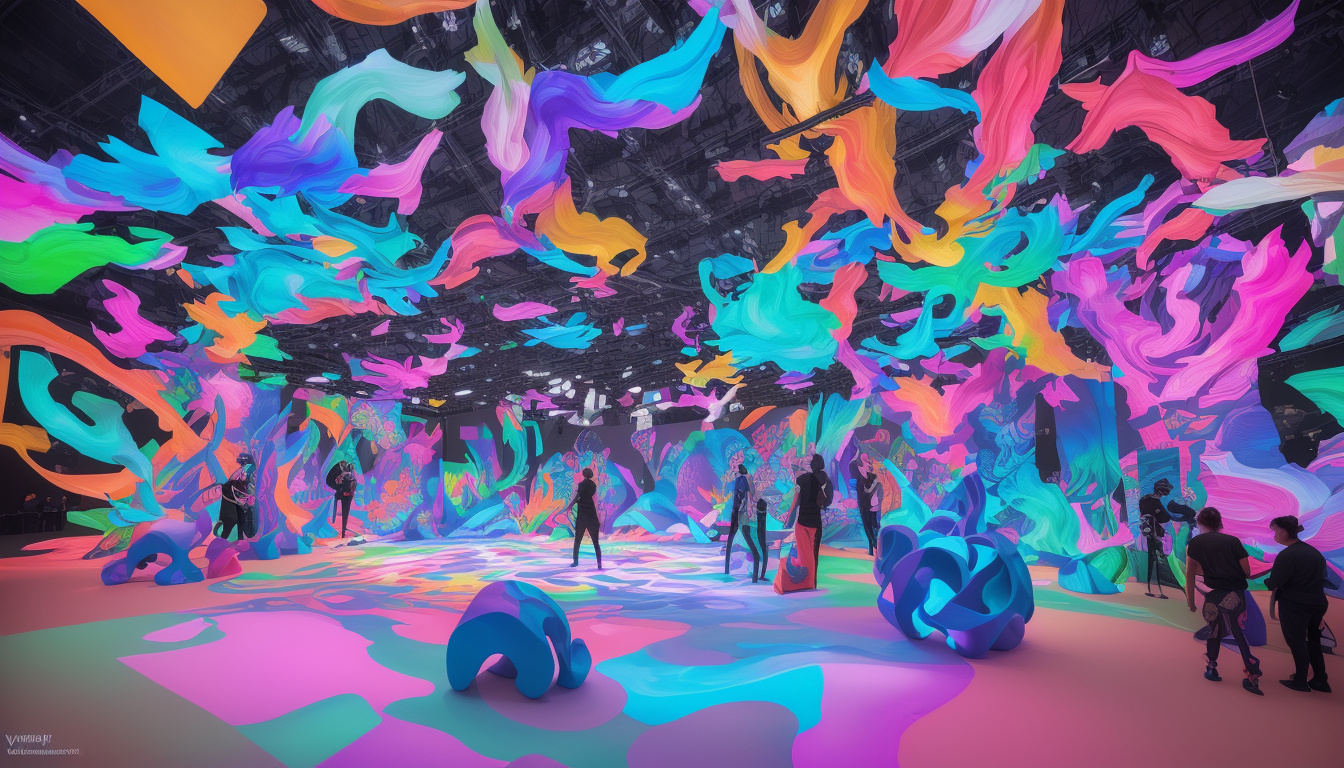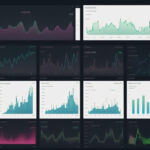How the ‘Culture Stack’ is Reshaping Art, Technology, and Urban Spaces
Published July 8, 2025 – World Economic Forum
In recent years, a groundbreaking phenomenon known as the “culture stack” has begun to redefine the intersection of art, technology, and urban development across the globe. No longer confined to traditional studio spaces or conventional funding models, today’s innovative artists are pioneering new ways to create, govern, and finance cultural initiatives—ushering in a transformative shift that could have wide-reaching implications for cities, economies, and creative ecosystems worldwide.
The Evolution of Culture and Technology
The relationship between culture and technology is longstanding, but its scale and depth have reached unprecedented levels in the digital age. Technologies such as gaming, artificial intelligence (AI), and virtual reality have permeated popular culture and artistic practice alike. Visitors to major international exhibitions—including renowned events like the Venice Biennale—now frequently encounter works exploring these technologies and the evolving dynamics between humans and machines.
Yet beneath the surface lies a more profound metamorphosis. A new generation of artists is not only incorporating technology as a medium in their creative output but is also harnessing technological expertise to rethink foundational aspects of the cultural sector, from funding and governance to infrastructure development and audience engagement.
What Is a ‘Culture Stack’?
To understand this revolution, one must grasp the concept of the “culture stack.” Borrowing from the terminology of “tech stacks”—which describe layered sets of technologies running together to power applications—a culture stack represents the multifaceted structure an artist or creative entity builds beyond conventional art-making.
This can include opening artist-led museums, attracting venture capital to develop cutting-edge technologies, releasing digital tools for peer creators, or publishing technological innovations within scientific communities. These layers collectively circumvent much of the traditional ecosystem dominated by dealers, collectors, galleries, and government funding bodies.
As Benedict Singleton and Marta Ferreira de Sá, co-founders of RIVAL Strategy, note, “Culture stacks suggest alternatives to the current cultural system and this means the latter must change.”
Three Key Lessons from Culture Stacks
Although culture stacks are still emerging and predominantly concentrated in regions such as Europe, South Korea, the United States, and Japan, their impact is becoming clear in several important ways:
1. Thriving Art-Tech Ecosystems
Strategic investment in hybrid cultural and technological infrastructures has demonstrated substantial value, as evidenced by Tokyo’s Borderless museum. Launched in 2018 by the immersive art collective teamLab in partnership with Mori Building Co., Borderless attracted 2.3 million visitors in its inaugural year, making it the world’s most visited single-artist museum.
This landmark achievement not only highlights the public’s appetite for immersive digital experiences but also confirms artists’ capacity to disrupt how museums and cultural spaces are financed and managed. The resulting spike in foot traffic to nearby transit and retail outlets underscores the potential for culture-tech collaborations to foster new creative districts and reinvigorate urban areas.
2. Embedding Ethics in Technology
Culture stacks offer a distinctive avenue for developing ethical technology, moving beyond the frameworks and ideologies typically associated with Silicon Valley. For instance, Refik Anadol Studio’s DATALAND—an AI art museum set to open in Los Angeles—commits to powering its AI systems exclusively with renewable energy. Furthermore, its “Large Nature Model” technology is open-sourced to encourage experimentation and collaboration among creators.
Such initiatives illustrate how culture stacks place “culture-first” ethical considerations at the core of technological development, addressing contemporary concerns about AI’s environmental impact and data governance.
3. Inspiring Policy Innovation
The alternative funding and governance models pioneered by culture stacks call for fresh policy approaches. Artists such as Mat Dryhurst and Holly Herndon have pushed this boundary through projects like PROTO (2019), which pioneered AI-assisted music production, and Spawning, a venture-backed startup delivering ethical AI tools for creators.
These models challenge traditional cultural funding, typically small-scale and grant-based, by introducing investment-backed technology development within cultural practice. This raises vital questions on how ministries of culture and other public institutions might adapt investment frameworks to support organizations creating both cultural and technological outputs.
The Path Forward: Embracing Culture Stacks
The emergence of culture stacks creates an unprecedented opportunity to rethink the cultural sector’s business models, governance, and urban planning strategies. They urge policymakers, urban planners, and cultural institutions to reconsider the role and design of cultural spaces in an increasingly tech-driven world.
The Davos Baukultur Alliance, for example, advocates placing culture and cultural practice at the heart of improving built environments and urban life, underscoring culture’s central role in shaping sustainable, vibrant cities.
As the world witnesses the rapid expansion of culture stacks, the pressing question becomes: who will lead in setting new standards that harmonize culture and technology—and shape the sustainable cultural landscapes of the future?
About the Authors:
Benedict Singleton and Marta Ferreira de Sá are co-founders and directors at RIVAL Strategy, a consultancy specializing in cultural innovation and strategic design.
Related Reads:
- Davos 2025 Opening Concert: A Fusion of Art and Technology to Spur Climate Action
- Blending Art and Technology: Digital Creativity and Environmental Innovation
- Tokyo’s Immersive Digital Art Museum “Borderless”
This article is republished under Creative Commons Attribution-NonCommercial-NoDerivatives 4.0 International License.
For more insights on the evolving relationship between arts, culture, and technology, visit the World Economic Forum’s Arts and Culture page.










